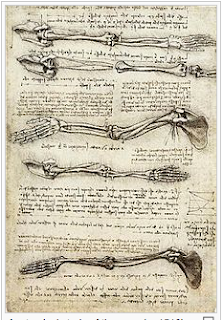PRINCIPLE 1 Draw, Work by Hand
Reflective Visual Journal
This key principle is about
visual thinking. Putting ideas and concept on paper using drawing as a method
to solve a problem.
Being
a Photographer, the use of a pencil as a medium to draw my ideas in a journal
is an unusual and almost fearful thought. It has got the grey matter in
my brain working I can almost hear it. Until the idea was suggested I
never realised that I do actually make notes and sketches of my ideas
already. Using text and small doodles is a normal everyday activity.
It is
not a piece of fine art and is not intended to be perfect. It is a creation
from the mind, beaming the ideas down on to paper. It will be used to extract
the ideas out to grow and expand into my work as a Visual Communicator.
The
Reflective Visual Journal is a primary tool for any visual communicator. It is
comparative to a sketchbook but not the same. It explores the Ideas you think
of and lets your creative brain flow. It experiments with techniques, processes
that differ. An RVJ is not digital and cannot be substituted by a computer, it
must be drawn from the hand, as it enables you to create a link between your
creative thoughts, your hand and your eye. Computers are limited to software
programs and methods of printing, but with working by hand it is using pencils,
paints or sticking paper or fabric or any medium to produce the ideas. The
connection of these elements allows a much more thorough evaluation of the
possibilities available. It allows your creative brain to operate at its
full potential.
As
the RVJ is for my own personal use, my ideas and thoughts are not up to be
judged critical or otherwise, letting me have a more comfortable approach to my
work.
We
must utilize both sides of our brains to enable successful ideas and thoughts
via our Reflective Visual Journals. Whilst one side of the brain is creating
the other side can evaluate the ideas into comprehensible visual communication.
develop his ideas....
 |
| Charlotte Trounce |
 |
| Lizzie Finn |
 |
| Lizzie Finn |
Principle 2
Utilise Your Creative Brain
There
are two halves to every brain, the left and the right and they both work in
different ways
The
right side of the brain is the more creative of the two being described as,
curious, sensitive, experimental, and playful, quite child like. By utilising
the right brain and experimenting with technique, alternative medias, styles of
working, ideas can be released that may not have been previously come across.
An idea that you stumble across could end up being the best ideas you have ever
had.
The
left-brain is systematic and can be described as organising, measuring,
editing, selecting and arranging. It is just as important as the right brain.
Even artists, require the ability to switch between both sides along with both
styles of working. Analysing your sketches or doodles after you’ve drawn them
or making sure that what you’re doing is not just random, that there is a theme
for what it is that you are doing. It makes you think of the literal
meaning behind your ideas, for example ‘How will it work’ and ‘Who is it aimed
for?’
To
be successful and reach your full creative potential it is essential to know
how the brain works on both.
Using
the theory that ‘The right side of the brain is a child at play.” And “The left
side of the brain is an accountant.”





No comments:
Post a Comment